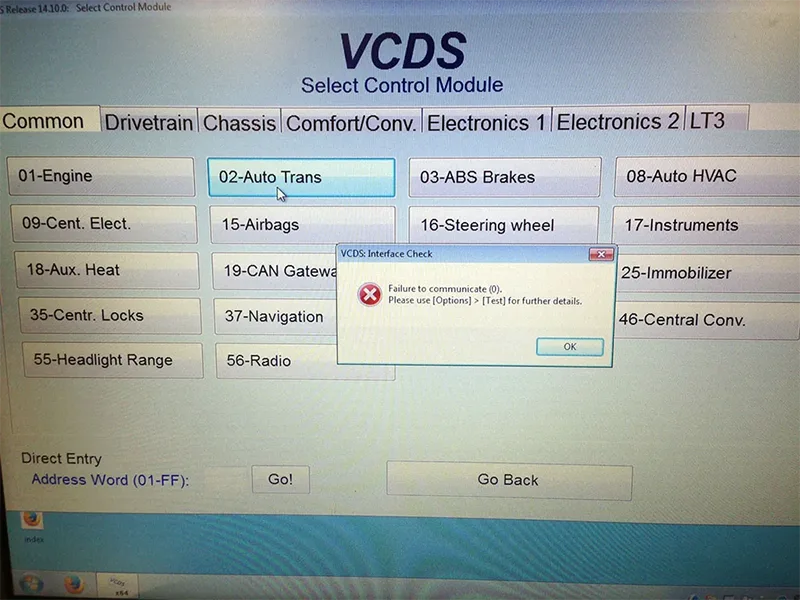Remember the days when you'd get a car in your shop with the complaint of, "dash lamps inop"? The first thing you'd look at even before checking the fuse (and usually see) was a freshly-installed in-dash aftermarket stereo system. Another do-it-yourselfer sabotage. Sir, the yellow wire is NOT a ground. Fuses blow when a powered circuit is grounded and, errr...never mind. I'll fix it for $40.
Easy money, right? Those were the days. If only it were that simple today. Given the complexities and advancements of intricately networked electrical components, aftermarket electrical accessory installations become a challenge for even the most seasoned professional, and nearly impossible for the at-home repair Ninja.
One typical Tuesday a customer brought his 09G-equipped 2004 VW Beetle into our shop early in the morning. He stated that his 6 speed automatic transmission "...jerks on downshifts when warm, and the engine revs up on upshifts while driving on the highway. It also slams into gear on occasion". Sounds like a fun one, so I prepared to duplicate, verify, and diagnose the issue.
The customer left the vehicle with us so I could do my evaluation. This consists of a short road test, computer scan, fluid check, and under car inspection. So, the first thing I did was hook up the scanner to the Data Link Connector and received a, "No communication" error. Well, we've all seen this from time to time, and the first thing that we normally check for is a blown fuse (most likely the cigar lighter fuse). I checked each one and in this case the fuses were all fine.

Figure 1
I remembered hearing something regarding aftermarket accessories causing a "No communication" problem on these vehicles. Knowing that the finding cause in this case was going to be challenging, I got with our manager and we informed the customer that it will be a little bit more complicated than a normal evaluation. We got an extra half hour for diagnostic time and quickly got back on the car.
The first thing I did was a quick Technical Service Bulletin search that revealed two TSB's pertaining to this issue. TSB Reference #TT 97-14-02 states that the Data Link Connector may be damaged by an aftermarket device (such as a drive data recorder used by an insurance company). It can be bumped by the driver's leg or misaligned and then forced onto the DLC, and in doing so can unseat (push back) or cause damage to one or more of the terminal pins. There were no devices connected to the DLC, and after a good visual inspection no damage or any pushed out terminal pins was found. I could conclude that this possibility was ruled out.
 Certified Transmission
Certified Transmission
